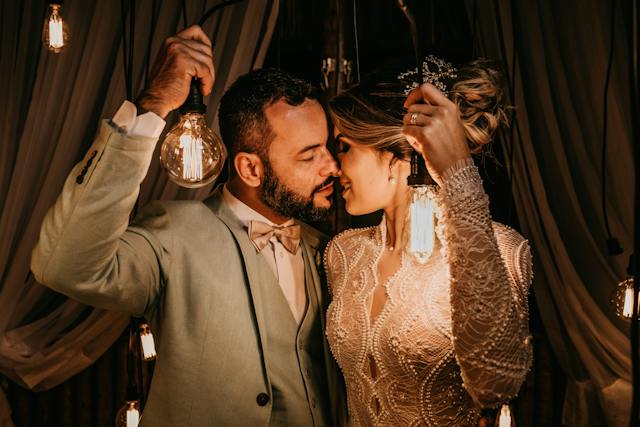Your wedding day is a momentous occasion, and every detail should reflect your unique style and personality, starting with the wedding dress. While finding the perfect dress is a thrilling experience, many brides discover that alterations are necessary to achieve the ideal fit. In this blog, we’ll delve into the world of wedding dress alterations cost, shedding light on the costs involved and offering insights to help you navigate this essential part of the bridal journey.
Why Alterations Are Necessary:
Wedding dresses are often designed in standard sizes, and every body is unique. Alterations ensure that your dress fits like a dream, accentuating your best features and providing comfort throughout your special day. Common alterations include adjustments to the hem, bodice, sleeves, and neckline, as well as the addition of bustles for trains.
Factors Influencing Alteration Costs:
- Complexity of Alterations:
- Simple alterations such as hemming or taking in the sides may be less expensive than intricate modifications like reshaping the neckline or adding lace details.
- Material and Design:
- The type of fabric and embellishments on your dress can impact the cost of alterations. Delicate fabrics or intricate beadwork may require more time and skill, influencing the overall cost.
- Number of Fittings:
- The more fittings required, the higher the alteration costs. Plan ahead and schedule fittings well in advance to allow ample time for adjustments.
- Experience of the Seamstress:
- The skill and experience of the seamstress or tailor play a significant role in the final cost. Highly skilled professionals may charge more for their expertise, but their precision can be well worth the investment.
- Location:
- Alteration costs can vary depending on your geographical location and the local market. Urban areas may have higher prices compared to rural locations.
Understanding the Average Costs:
While the cost of wedding dress alterations varies widely, brides can expect to spend anywhere from $200 to $600 or more on average. Simple alterations like hemming may fall on the lower end of the scale, while more complex modifications can increase the overall cost.
Tips for Managing Alteration Costs:
- Set a Realistic Budget:
- Factor alterations into your overall wedding dress budget from the beginning to avoid surprises later on.
- Start Early:
- Begin the alteration process well in advance to allow ample time for fittings and adjustments. Last-minute alterations may incur rush fees.
- Communicate Clearly:
- Clearly communicate your preferences and expectations with your seamstress. This will help ensure that the alterations align with your vision for the dress.
- Consider DIY Options:
- Some brides with sewing skills may choose to make minor adjustments themselves. However, be cautious, as wedding dresses are often intricate and delicate.
Conclusion:
Wedding dress alterations are a crucial step in achieving the perfect bridal look. By understanding the factors that influence alteration costs and planning accordingly, you can navigate this process with confidence. Remember that investing in quality alterations is an investment in your comfort and confidence on your wedding day, making the journey toward your happily ever after all the more memorable.



